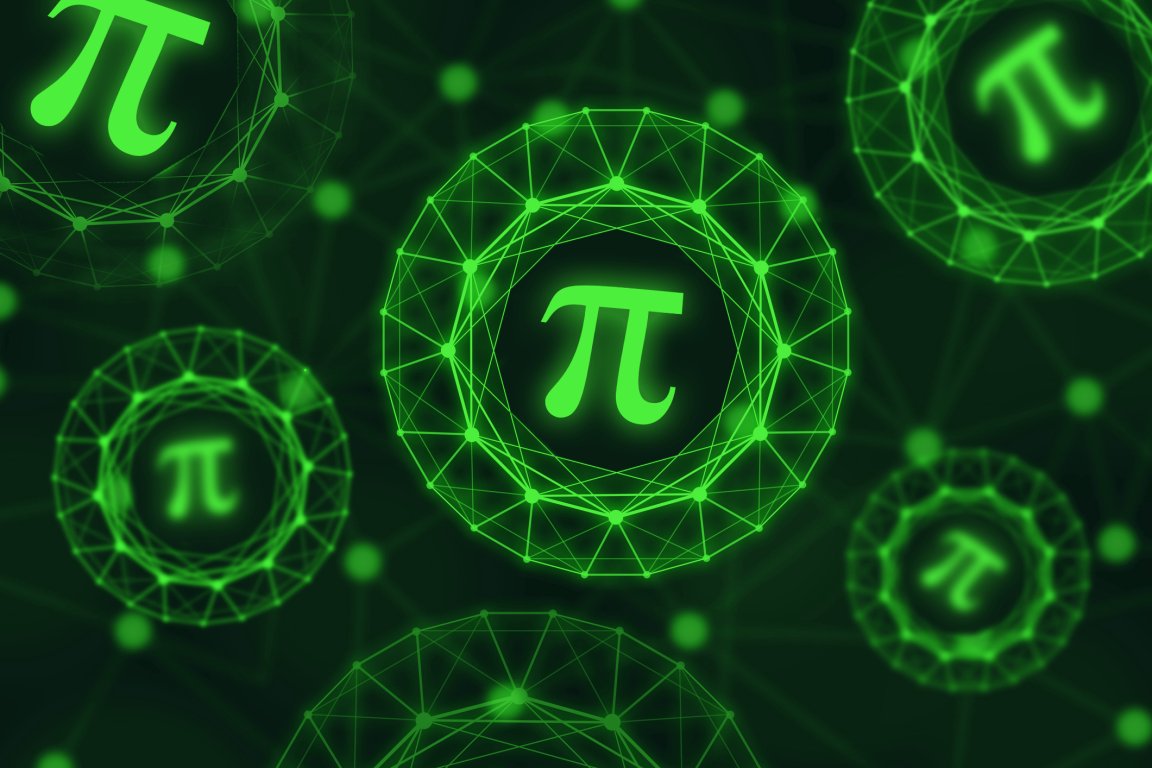
Happy March 14th, people — it’s Pi Day. And how better to celebrate than investing in, yes, a pi-based cryptocurrency. It’s a gift that keeps on giving, right?
This is not a joke: piCoin is a thing that actually exists. The cryptocurrency launched in 2013 (and then re-launched in 2014) with the aim of creating a crypto with mathematical and educational underpinnings. piCoin’s specifications revolve around the infinite-digit number that gives its name. The maximum number of coins is capped at 31,415,926,535. Its block time (or: how long it takes to solve each transaction in its blockchain) is 314 seconds. And the reward for solving that initial block is 314,159 coins. And so on.
Convinced? Don’t jump for your wallet just yet.
At its launch in March 2014, bloggers seemed to see piCoin as an interesting enough concept. According to a forum post from that time, the founders had lofty goals for this math-oriented concept, hoping to popularize it among “mathematicians, math teachers, math enthusiasts, and every student in the world taking a math course.” And indeed, it had a wild ride! As the coin grew, the founders imagined “opportunities for charitable efforts will arise; math scholarships, education for those in need, and even funding a school in a third world country are all distinct possibilities down the road.”
Alas, it wasn’t meant to be. Within two months of that 2014 launch, buying had slowed to a dribble, though the coin’s developers claimed to be working on some marketing ideas. Within three months, even enthusiasts of the coin were declaring it officially dead. CryptoSlate currently lists the coin as abandoned.
So it’s probably not a great idea to complete your Pi Day with a heaping slice of piCoin. Instead, use piCoin as a cautionary tale — as crypto continues to surge in popularity and grow as a mainstream interest, it’s probably best to exercise a reasonable amount of caution when approaching new coins with attention-grabby conceits. Or, at the very least, give them more caution that you’d approach, say, an actual pie.